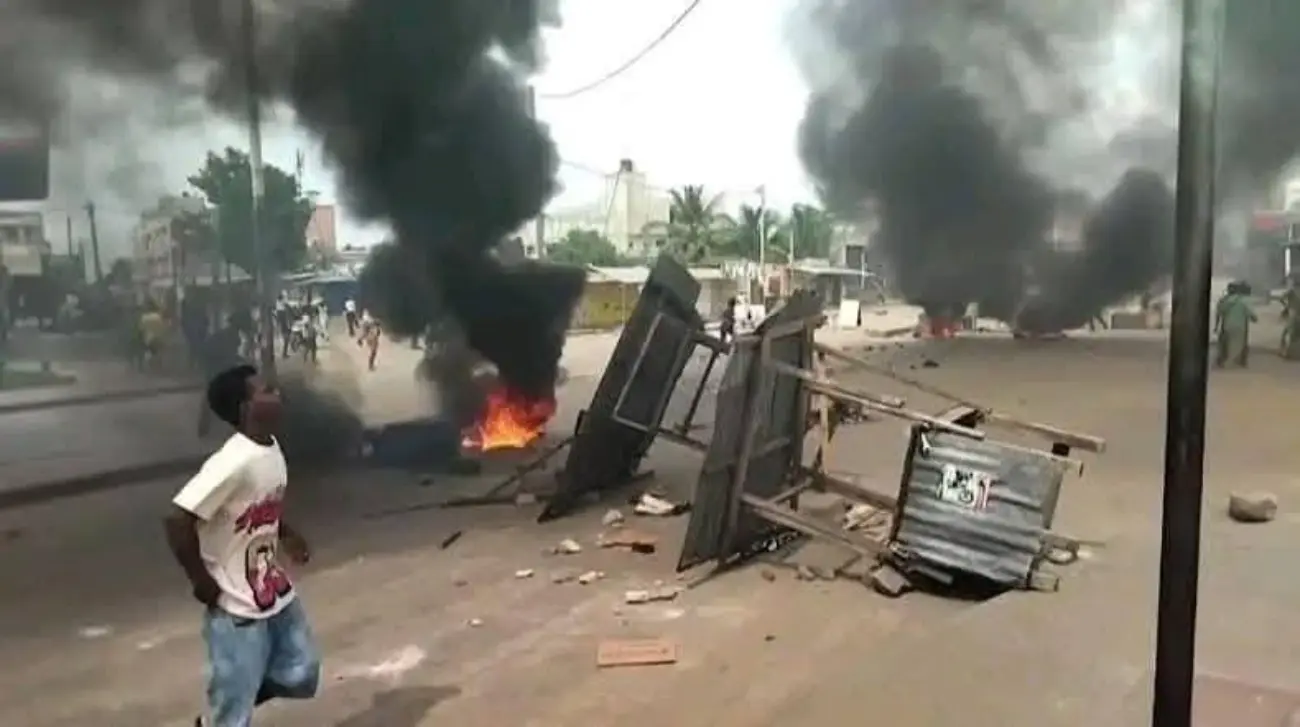How Patrice Talon’s performances are fueling discontent in Togo
In Togo, the success of the reforms initiated by Patrice Talon in Benin fuels the frustration and anger of a Togolese youth lacking prospects. In Lomé, the contrast with the Beninese dynamism feeds a sense of injustice and gives rise to a question echoed by the Togolese street which disturbs the power: “If Benin could change, why not us?”

SUMMARY
In Lomé, the capital of Togo, large-scale demonstrations stirred the streets from June 26 to 28, 2025. Thousands of young Togolese protested against a constitutional reform perceived as a “legal coup”, aimed at allowing President Faure Gnassingbé to indefinitely remain in power. The crackdown by law enforcement was violent, with at least three protesters killed according to Amnesty International (seven deaths according to civil society) and dozens of others injured. The protest movement, completely banned by the authorities but relayed by social networks, mobilizes a fed-up youth. Many of them have only known the Gnassingbé father and son regimes since their birth, which they hold responsible for “58 years of political legacy … bringing nothing but poverty, repression, and humiliation”.
The protesters lament a deteriorated living environment – with recurring power outages, dilapidated road infrastructure, soaring unemployment rate, and restrictions on individual freedoms. As one of them, Kossi Albert (30 years old), summed it up, “we are hungry, nothing works for Togolese youth”. These social demands add to the rejection of Gnassingbé’s new presidential status (promoted to president of the Council of Ministers with no term limits)
Also, behind this anger, a reason keeps coming up in discussions. That of the comparison with neighboring Benin. Since 2016, Patrice Talon has been leading a policy of economic and institutional reforms that command admiration, well beyond Beninese borders. “Look at Benin: growth, roads, electricity, hope … Here, everything stagnates.”, says a protester.
A painful mirror image
Several Togolese protesters interviewed highlight the contrast of their country with neighboring Benin, whose President Patrice Talon, in power since 2016, has nine years of impressive economic and institutional reforms. Their “model” is mentioned by the protesters as evidence that development is possible in the region. In concrete terms, Benin has had sustained economic growth since 2016 (7.5% in 2024) with controlled inflation. Rigorous fiscal policy and increasing revenue have allowed the country to converge towards regional deficit standards, while attracting new foreign investments. The Beninese business climate has improved thanks to numerous reforms (simplified bureaucracy, single electronic window for investment, digital land registry in Cotonou, etc.). At the same time, large infrastructure projects have been launched or completed (national road rehabilitation, electrification, health and tourism projects, enhancement of historical sites)
In Lomé, this contrast with Benin serves as a revealer. Many young Togolese ask themselves why their country, endowed with comparable resources, is not following the same trajectory? This comparison intensifies frustration and fuels the rejection of a perceived as static system, where alternation and modernization remain empty words. For many, Benin’s success proves that change is possible in West Africa. The slogan “If Benin can do it, why not us?”, widely taken up by the protesters, expresses the aspiration of a generation for true renewal and refusal of fatality.
Togolese power on the defensive
In the face of the protests, the Togolese authorities opt for firmness. They denounce a “foreign manipulation” relayed on social networks and reject any responsibility in the deaths, referring to “accidental drownings”. This stance has been strongly criticized by human rights organizations, which are calling for independent investigations.


Comments